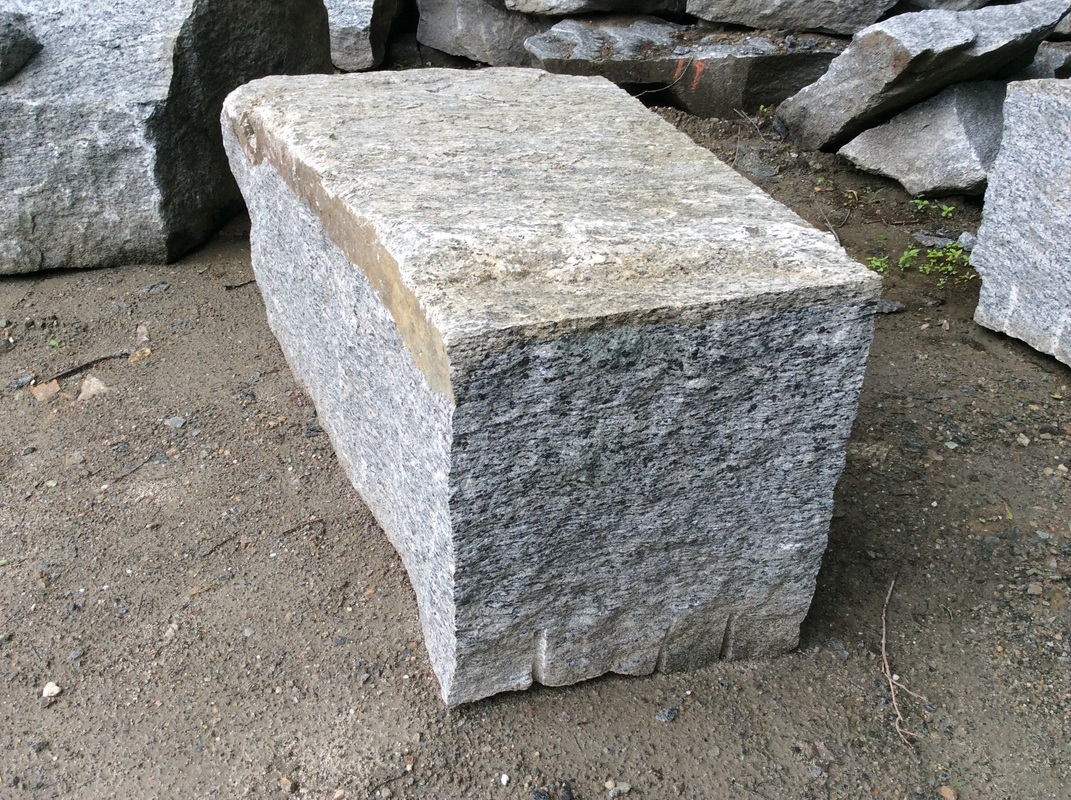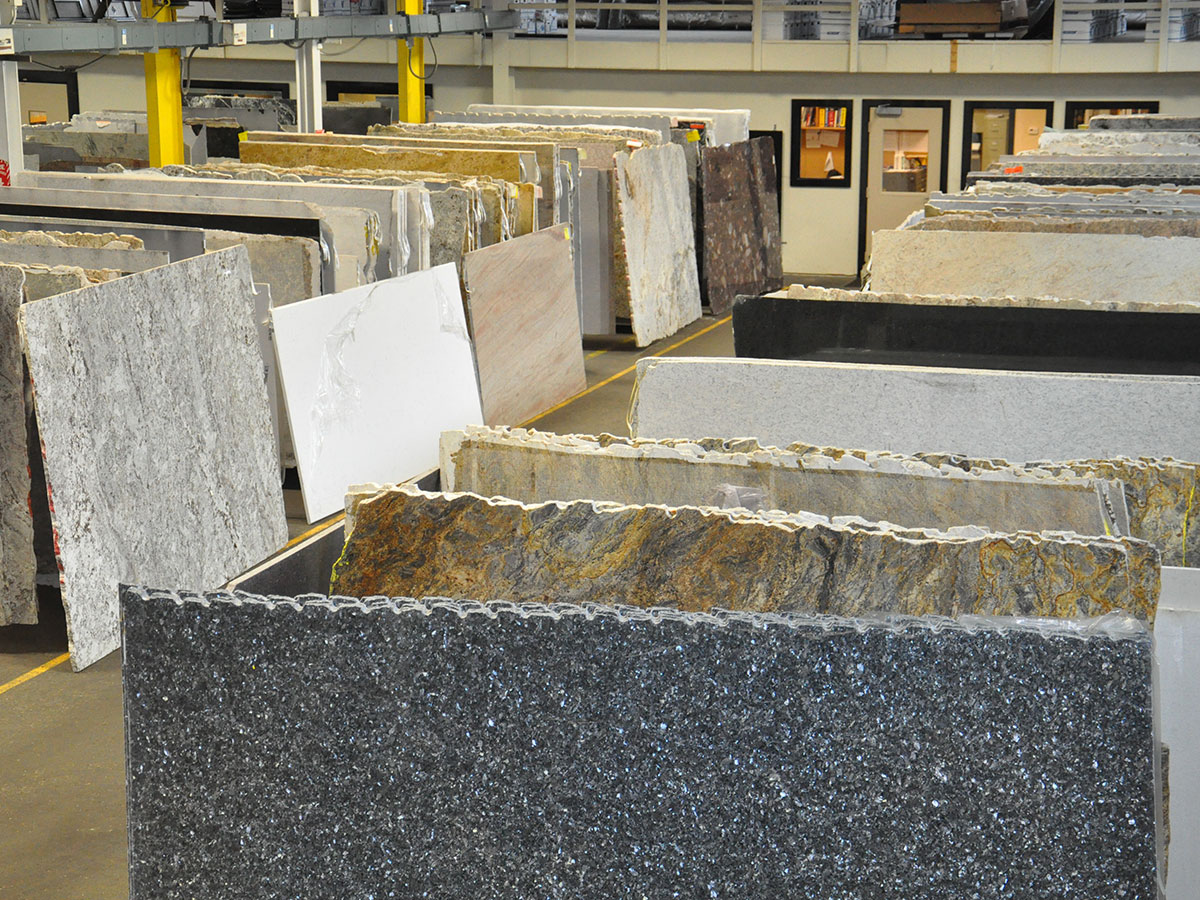Rustenburg's Quarry Path: Mapping the Beginnings and Development of Granite Quarries in Rustenburg
From Stone to Splendor: Discovering the Secrets of Granite Quarries
' From Stone to Natural Beauty: Uncovering the Secrets of Granite Quarries' is an exploration right into the fascinating world of granite quarries. This detailed research looks into the background, removal process, tools, and methods utilized in granite quarrying. It additionally clarifies the improvement of raw granite right into building wonders, showcasing the intricate craftsmanship included in developing stunning structures. The publication examines the impact of granite quarries on the atmosphere, supplying useful insights into sustainable practices and environmental conservation. With its precise research and interesting story, 'From Rock to Grandeur' supplies a valuable resource for professionals, scientists, and enthusiasts in the field of quarrying and style.
The History of Granite Quarries

In old Egypt, granite quarries were strategically located along the Nile River, supplying very easy accessibility to transport the heavy stone blocks. The well-known pyramids of Giza, including the Wonderful Pyramid, were created utilizing granite sourced from these quarries. In old Greece, the island of Naxos was renowned for its premium white marble, which was quarried and utilized in the building and construction of legendary structures like the Parthenon.
The Roman Empire also relied heavily on granite quarries, specifically in the building and construction of their grand architectural projects. The Colosseum in Rome, for instance, was developed utilizing granite sourced from quarries in Egypt and Greece. The Romans additionally advanced the quarrying methods, utilizing skilled artisans and designers to essence and transport granite across large distances.
Today, the legacy of these old granite quarries continues to motivate modern-day design and building and construction. The understanding and experience gained from centuries of quarrying have actually been given with generations, guaranteeing that granite stays a cherished and sought-after structure material.
The Removal Refine of Granite
Having explored the historical relevance of granite quarries, we now explore the ins and outs of the extraction procedure, which is a crucial action in changing raw rock right into the wonderful structure material it comes to be. The removal process of granite entails a number of stages, starting with the initial expedition and identification of possible quarry sites. As soon as an appropriate site is discovered, the extraction procedure starts with the elimination of overburden, which refers to the dirt, plant life, and other products covering the granite deposit.
After the overburden is eliminated, the next action is drilling and blasting. This entails boring openings right into the granite using specialized equipment and after that putting dynamites right into the holes. The dynamites are detonated, fracturing the granite right into manageable items. These items are then additional damaged down into smaller sized dimensions utilizing machinery like diamond cord saws or hydraulic splitters.
Once the granite is broken down right into smaller dimensions, it is filled onto vehicles or conveyor belts and transferred to a handling center. At the processing facility, the granite is more refined with cutting, shaping, and brightening processes. granite quarries in rustenburg. This is done using different reducing and brightening tools, such as saws, brushes, and grinders, to attain the wanted finish, size, and shape
Tools and Methods Utilized in Granite Quarrying
Granite quarrying includes the utilization of a range of methods and tools to extract the stone from the earth's surface area. These devices and strategies have evolved with time, coming to be a lot more effective and sophisticated. One of the primary devices made use of in granite quarrying is the ruby cable saw. This tool contains a cord embedded with diamond grains, which have the ability to puncture the granite with precision and convenience. The cord is linked to a maker that manages the tension and speed, permitting regulated and precise cutting.
Another essential device in granite quarrying is the drilling device. As soon as the explosives are detonated, they crack the granite, making it simpler to remove from the quarry.
Along with these tools, there are different strategies used in granite quarrying. One method is called blasting, where explosives are utilized to damage the granite right into smaller pieces. One more strategy is called diamond cable cutting, where a cord embedded with diamond beads is used to cut via the granite. These strategies, together with the usage of sophisticated equipment, have made granite quarrying more effective and less labor-intensive. They have also enabled for the removal of bigger and extra precise pieces of granite.
Changing Raw Granite Into Architectural Marvels
After the removal procedure, the raw granite undertakes a transformative trip to come to be stunning building wonders. This procedure involves several phases that call for accuracy and workmanship. First of all, the removed granite blocks are carried to a manufacture center where they are cut into slabs of numerous densities utilizing sophisticated cutting tools such as diamond cable saws. These slabs are after that brightened to improve their natural beauty and develop a smooth, glossy surface.
Once the pieces are ready, they can be more processed to fulfill details style needs. Proficient craftsmen make use of advanced equipment and tools to form the granite right into preferred kinds, such as kitchen counters, floor covering tiles, or detailed sculptures. This process that site needs thorough interest to information and expertise to make sure that the final product satisfies the finest quality requirements.
Next, the completed granite pieces are meticulously examined for any kind of imperfections or problems. Any type of small defects are dealt with, and the items are meticulously cleaned up to eliminate any kind of dust or debris. The changed granite is packaged and prepared for transport to its intended destination.

The Influence of Granite Quarries on the Environment
The ecological effect of granite quarries is a significant worry that must be attended to in order to ensure sustainable techniques in the stone market. Granite quarries can have a destructive impact on the surrounding setting, including the damage of environments, contamination of air and water, and the generation of too much noise see and dust.
Among the primary issues is the devastation of all-natural environments. Granite quarries typically entail the removal of huge amounts of plant life and topsoil, leading to the variation of wild animals and disruption of ecological communities - granite quarries in rustenburg. This loss of biodiversity can have long-lasting repercussions for the surrounding atmosphere
Quarrying activities can release hazardous contaminants right into the ambience, such as particle issue and poisonous gases. Additionally, the removal of granite can result in the contamination of neighboring water resources via the discharge of chemicals made use of in the quarrying procedure.

To mitigate these ecological impacts, the stone sector should embrace lasting practices. This consists of applying steps to lessen environment destruction, enhancing air and water air pollution controls, and implementing efficient dirt and sound suppression techniques. Furthermore, recovery efforts ought to be embarked on to recover quarried areas to their natural state and support the regeneration of biodiversity.
Verdict
In verdict, granite quarries have played a significant role in forming human history and continue to add to building wonders. Recognizing the tricks of granite quarries permits us to value the workmanship and elegance that can be acquired from this natural resource.
' From Stone to Splendor: Unearthing the Keys of Granite Quarries' is an expedition right into the fascinating world of granite quarries. The background of granite quarries can be mapped back to ancient times, with evidence of quarrying tasks link discovered in ancient Egypt, Greece, and Rome. The Colosseum in Rome, for example, was developed making use of granite sourced from quarries in Egypt and Greece - granite quarries in rustenburg. These techniques, along with the usage of sophisticated machinery, have actually made granite quarrying a lot more efficient and much less labor-intensive. Furthermore, the extraction of granite can result in the contamination of neighboring water sources with the discharge of chemicals utilized in the quarrying process